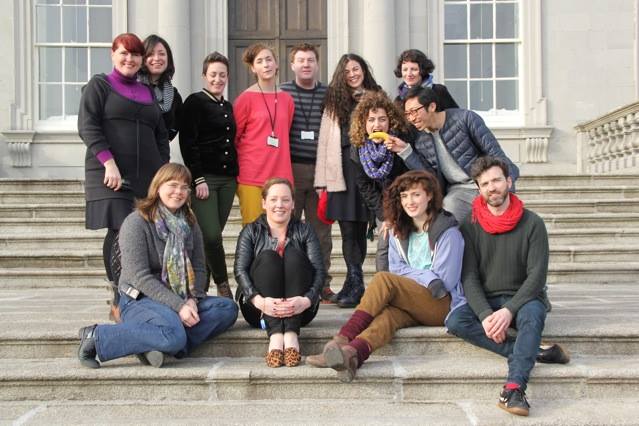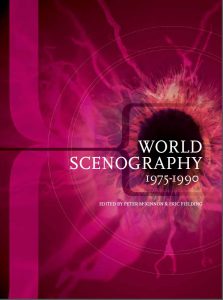Just back from an overwhelming two weeks in Castletown House Celbridge, as a participant on the 2014 SPACE programme, run by The Performance Corporation.

Focusing on fostering cross-artform collaboration, the programme threw nine makers together to see how we got on. As a designer it was a real treat to be able to get a taster of working in and with different practices – I know that I will take quite a while to work through a lot of the ideas that came up during the two weeks. Also, I think/hope that some of those collaborative explorations will continue outside of the Celbridge bubble.
Thanks to all at The Performance Corporation for taking me on as a participant, and to Jo Mangan & Hanna Slattne for putting together a challenging and intensive programme. Most of all, many, many thanks to my fellow participants for the excellent chats, provocations and inspirations you provided. Not to mention putting up with me when I was knackered and grumpy, and making me giggle enough to cause damage to my stomach muscles.
Links to my co-participants in SPACE below:
Alejandra Pombo Suárez – video artist
Aoife McAtamney – choreographer
Conor Hanratty – opera & theatre director
Emily Aoibheann – multidisciplinary artist
Michelle Cahill – dance artist
Morgan Wong – visual artist
Paul Curley – performer
Rachel Ní Chuinn – composer
